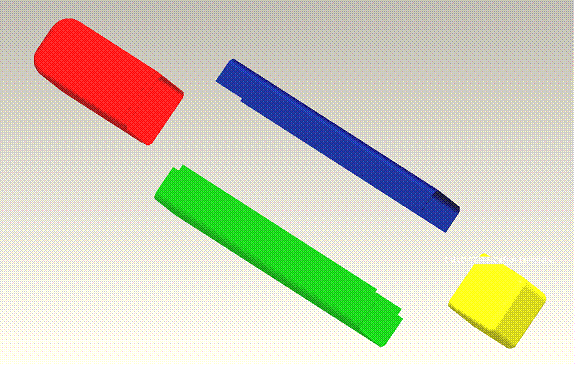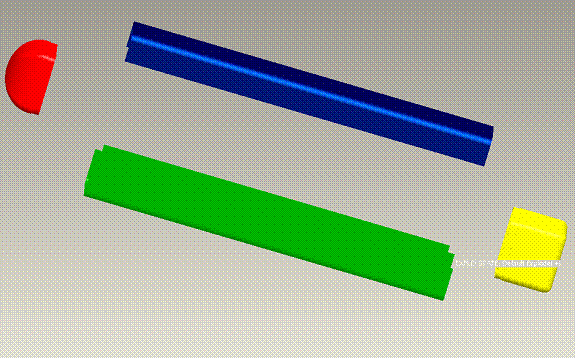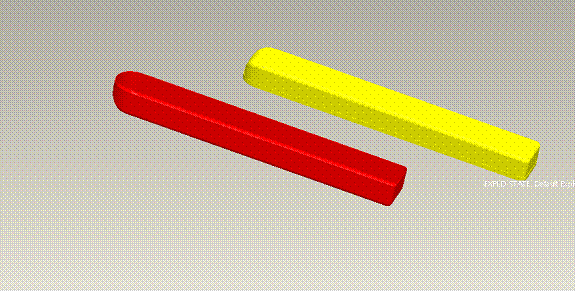Group 15 evaluated the design
of the fuselage in the areas of material, resin, process, and curing as
discussed in the previous chapter.
Because
the weight is the major issue, carbon fiber must be used. This weight constraint was defined by the
sponsor as 130% of the weight of the current fuselage which is constructed
of pre-impregnated carbon fiber and weights 98.3 grams. The fact that the
sponsor and faculty advisors favored carbon fiber also weighed heavily on
this decision. Table 4.1 is a
decision matrix that shows the selection of carbon fiber as the reinforcing
material for the Bullwinkle. In this
case the manufacturing budget allows cost to have relatively low weighting
factor. Because the end state is
manufacturing, availability and manufacturability are given a higher
weighting factor. Also because of
the size and weight restrictions of this vehicle, density is very
important.
Because
of its versatility and availability group 15 chose to use vinyl ester epoxy
with Methyl Ethyl Ketone Peroxide catalyst.
In
order to develop a manufacturing process students had to first design the
fuselage construction geometry and molds. Students investigated four models
for molding the fuselage of the Bullwinkle.
Bullwinkle
1

Figure 4.1: Bullwinkle 1
Exploded View
Bullwinkle
1 (seen in Figure 4.1) is designed in four main sections, a nose, a tail, a
base, and a cap. These parts are
constructed in female molds lending themselves to vacuum bagging and making
smooth aerodynamic parts. After the
parts are molded, trimmed, and cured, the nose, base, and tail sections are
bonded together using two part epoxy to make the main integral
structure. The cap, as the name
implies would simply act as a cover for the access to the internal
components of the Bullwinkle. The
length of the nose is defined in this case as 5in because the front wing is
mounted on top of the fuselage with the leading edge 1.5in behind the
nose. The remainder of the nose
allows for the 3in wing root and 1/2 in of structure. The rear wing mounts below the aircraft
with the trailing edge flush with the rear of the fuselage. This design allows the wings to be
mounted to the integral nose-base-tail structure. Thus the aircraft is a
solid structure with only a removable cap to access the internal
components.
Bullwinkle 2

Figure 4.2: Bullwinkle 2
Exploded View
Bullwinkle
2 (seen in Figure 4.2) is similar in design to Bullwinkle 1 with the only structural
and dimensional difference located in the nose section. In this case as in the first design, the
nose, base, and tail would all be bonded together to make a complete
integral structure. The nose is
shortened here to allow for more complete access to the internal components
of the aircraft. One drawback to
this design is that the front wing would have to be mounted to the cover portion
of the shell. This creates two key
dilemmas. The top has to be mounted
structurally (i.e. several screws). Thus the assembly and disassembly times
would be quite inconvenient. This would increase weight and also make
removing the cover more difficult and time consuming.
Bullwinkle
3

Figure 4.3: Bullwinkle 3
Exploded View




